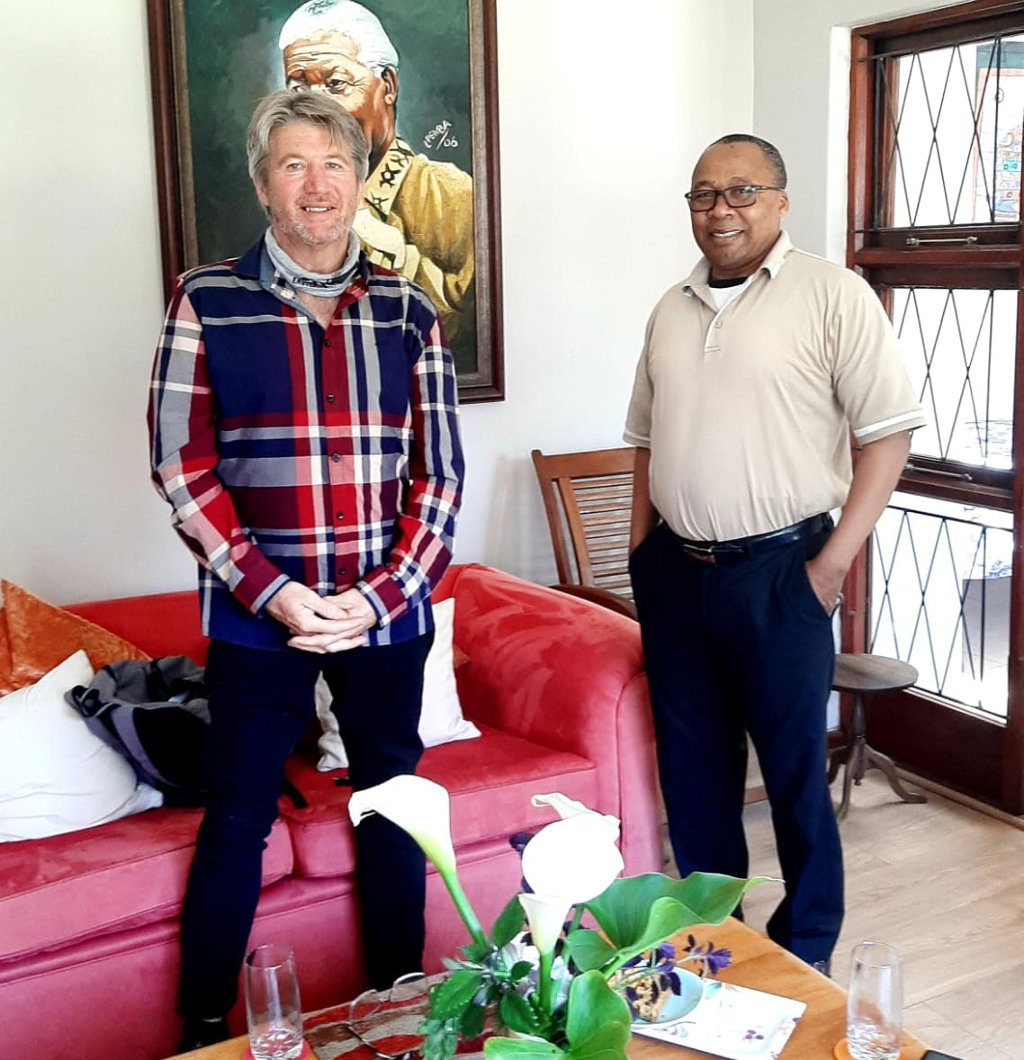Parts of Schauder fall into Ward 7:
Founded by Alex Szerezla in 2016, Schauder Productions (SP) is a Film and Music company producing short films of hard-hitting stories, humbling journeys and miscarriages of justice. A recent collaboration with young & talented artists, RJ, from Schauderville saw SP producing a music video to show-case tis young man’s creativity. SP have as their mission; “To keep alive real and current stories that have passed unnoticed by the public. To give a voice and a beat to those who don’t have one. And to promote and celebrate young talent.” Here RJ stakes his claim as a son of Schauder. You can download RJ’s mixtape ‘My Weergawe’ (My Renditon) HERE: https://www.datafilehost.com/d/13629686 My Weergawe was a year in the making – celebrate Gqeberha and Schauder and give a hyper local talent some support.
Schauderville is situated West North West of Korsten with the higher sections enjoying sweeping views of Agoa Bay.
Korsten’s fast population growth and generally unregulated character contributed to the creation of a densely settled, unserviced area with high rates of disease and infant mortality. Officially Korsten was described as a slum, and the Municipal health department repeatedly lobbied the Council to have it removed on such grounds. Slum or no, Korsten was still a relatively attractive area for people who couldn’t afford or obtain, or didn’t want housing within New Brighton. It still lacked the more overt forms of Council control present in the location, aid it was extremely close to industry. The very conditions which favoured settlement by Africans made the police anxious: they were worried by the absence of clear administrative jurisdiction over Korsten, by the irregular patchwork of wood-and-iron shack settlement making direct control difficult, and by the “intermixing” of Africans and coloureds which meant repeated violation of laws restricting liquor consumption by Africans. Many members of the Port Elizabeth City Council shared these concerns, and an additional interest: inspired by the expanding manufacturing sector, the Council eyed Korsten’s central location as a prime spot for development of new industrial townships, converting “slums” into revenue-producing factory land.
Once Schauderville (for coloureds) and McNamee Village (for Africans) were launched in 1935 and 1938, the Municipality was able to begin condemning Korsten houses under the Slums Act and moving their inhabitants to the new segregated townships. But the removals never succeeded in emptying Korsten, nor in remedying the “slum” conditions which had nominally motivated the Council. In 1946 the population of Korsten had declined, but there were still 10,225 Africans and 3,614 coloureds resident in the area. Not only had the population of the town vastly expanded during the war, but according to Robinson many of the people who moved to McNamee Village and Schauderville were unable to afford the rents charged and ended up moving back to Korsten or to new squatter settlements even farther from town at Veeplaas, Kleinskool, Miissonvale, and Bethelsdorp. In 1951 the African and coloured population in Korsten in fact returned to 1936 levels.
The Schauderville / Korsten area is characterized by high and growing unemployment, drug abuse, crime and gang violence. Most Schauderville residents rely on social grants.
A number of schools are to be found in the Schauderville area:
- Abraham Levy Primary – Searle Road
- Adolph Schauder Primary – Gideon Road
- David Livingstone Senior Secondary School – Kohlberg Road
- De Vos Malan Primary – Lawler Street
- Dietrich Primary – Grundlingh Street
- G.J. Louw – Grundlingh Street
- Paterson High School – Nicholas Road
- St James S School – Brown Street
- St Teresa’s RC School – Phyllis Street
References:
- Glenn Adler – ‘Render unto Caesar’: The central state, local government and struggles over segregation in Port Elizabeth and Uitenhage, 1948-1962

